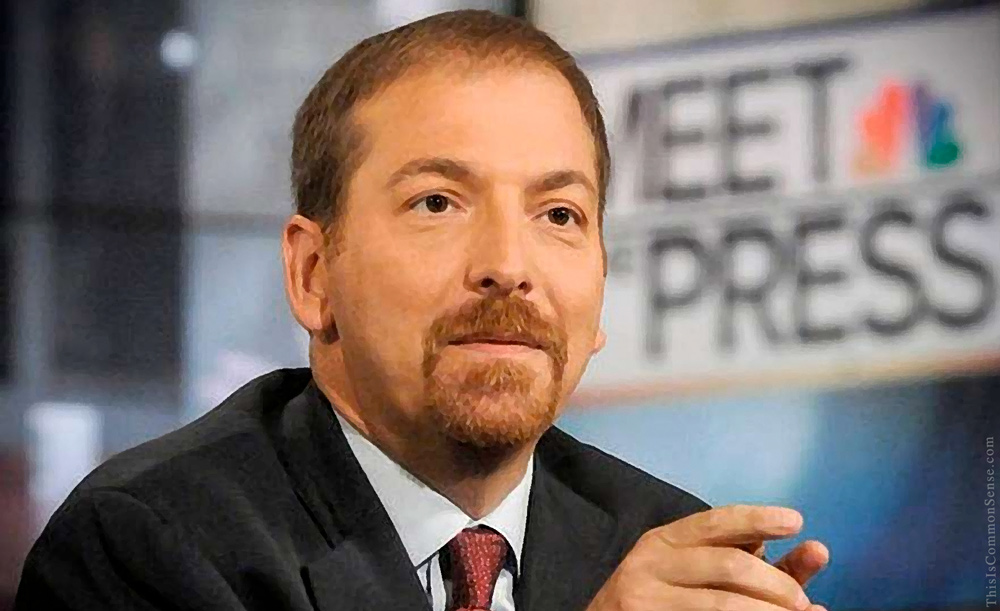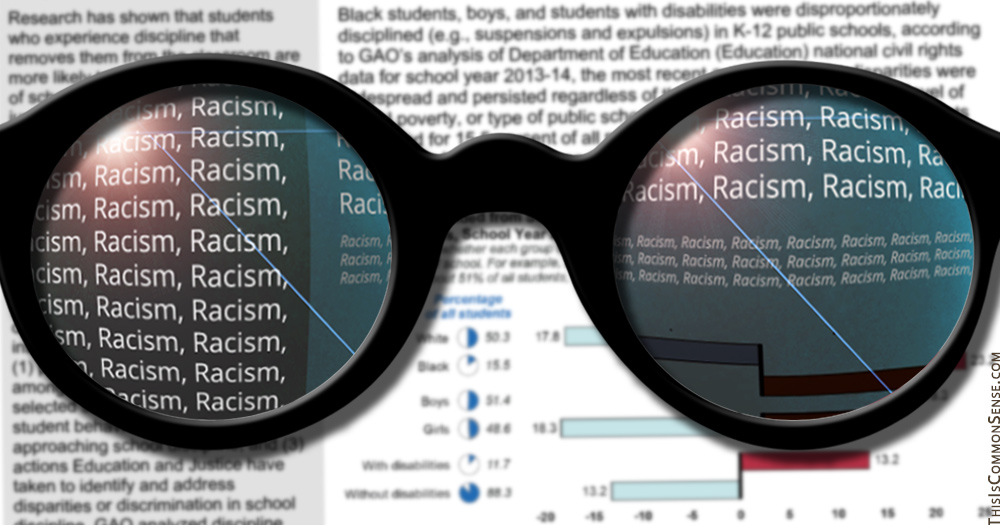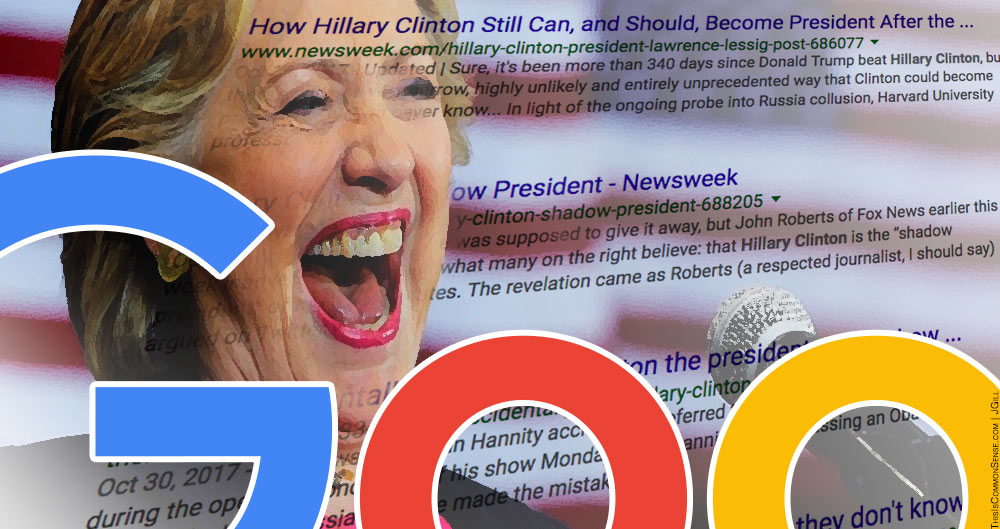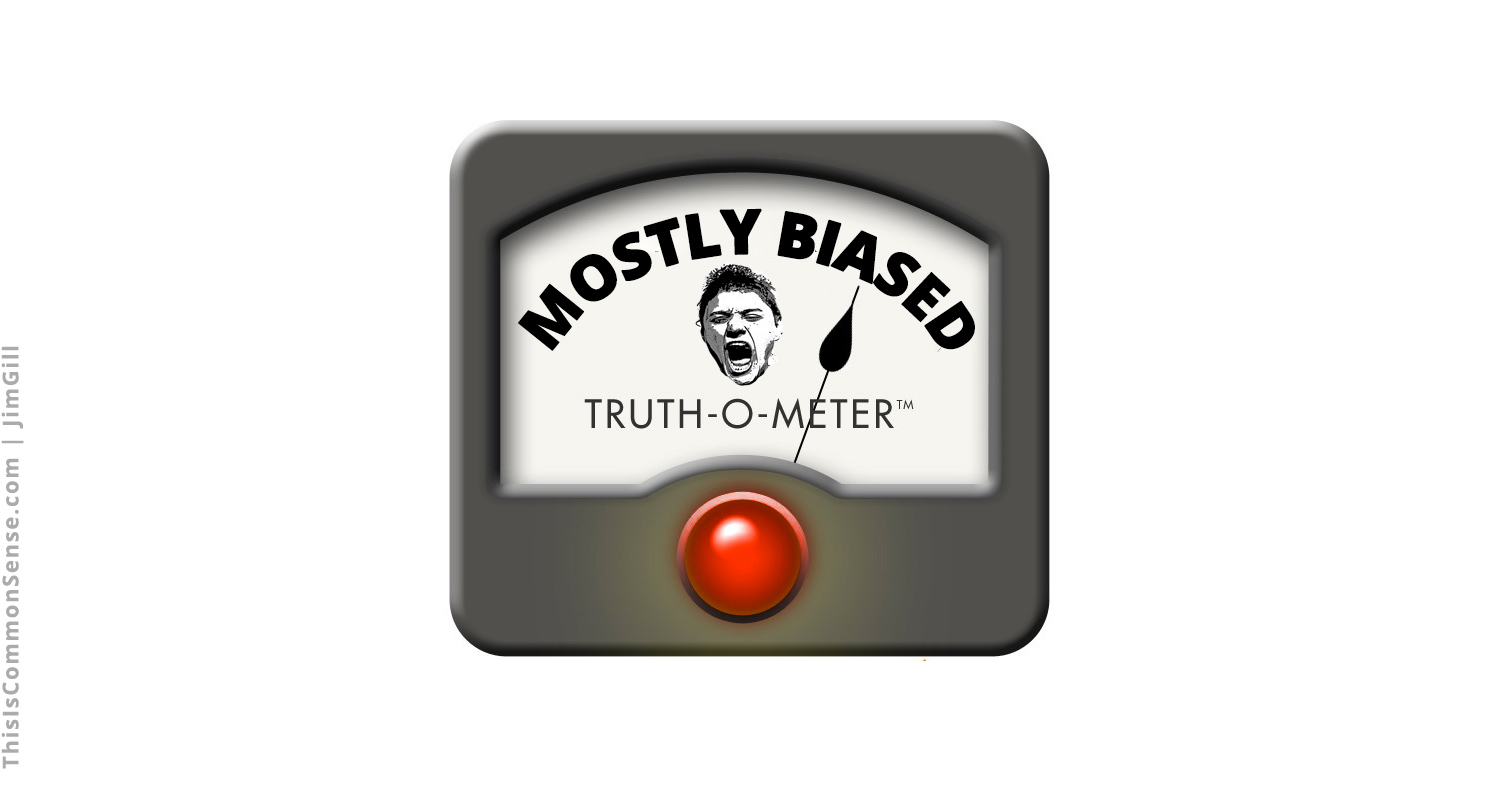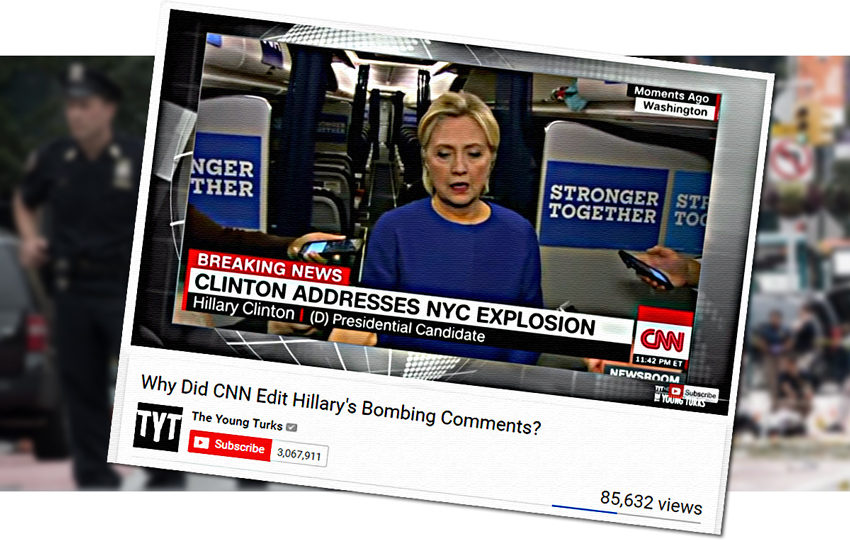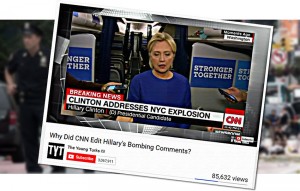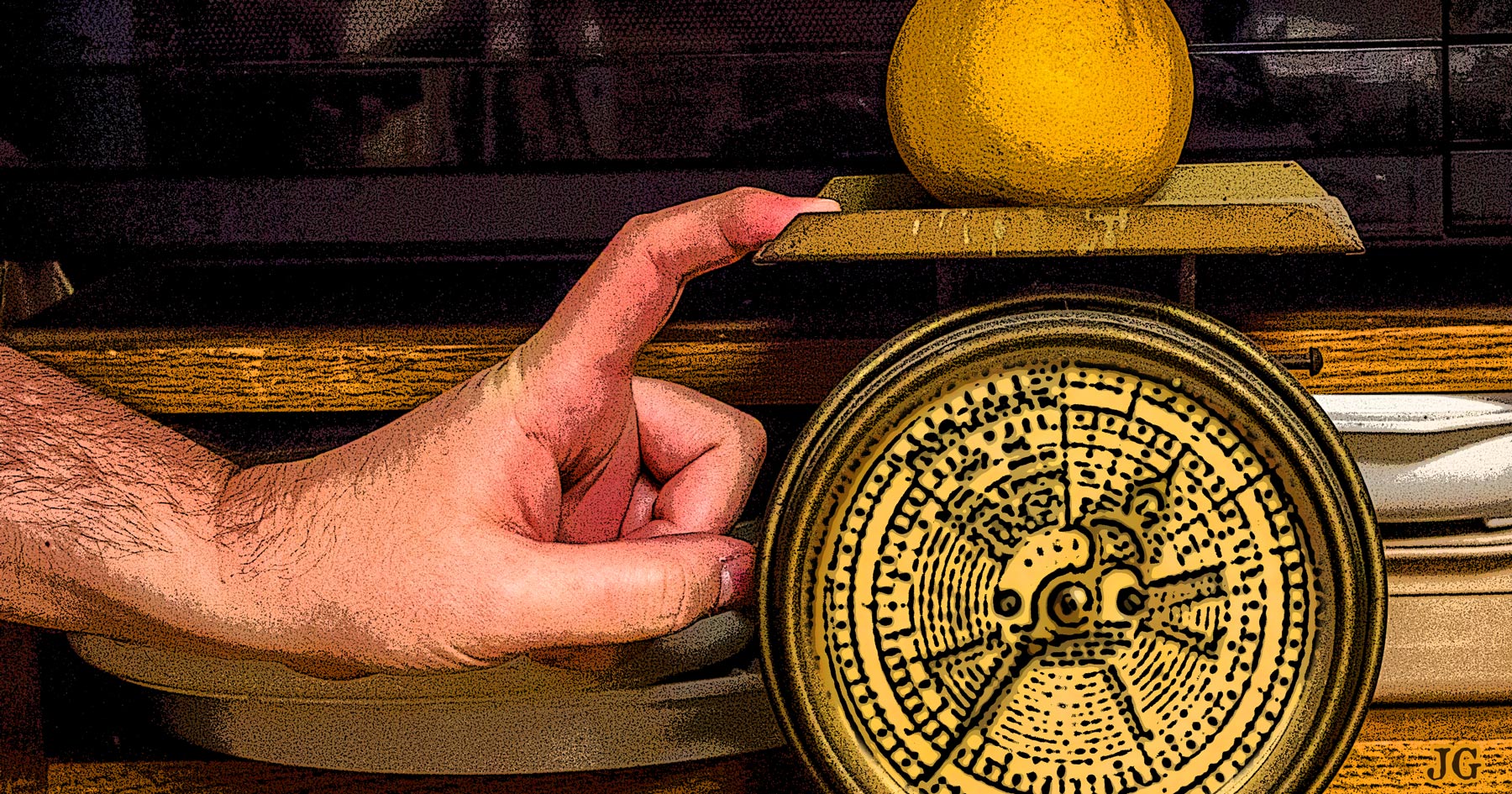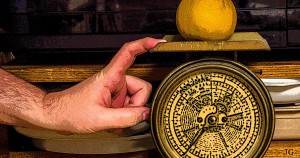“Look, I think one of the best things going in Donald Trump’s favor — we know this — is the mainstream media,” David Brody, the Christian Broadcasting Network’s White House correspondent, told Meet the Press host Chuck Todd yesterday.
“I hate to say it. I know I’m sitting on a Meet the Press roundtable, but the truth of the matter is 62 percent think the media is biased,” added Brody. “So, in other words, if you look at the approval ratings of Donald Trump versus the approval rating of the media —”
“The conservative echo chamber created that environment,” interjected Mr. Todd. “It’s not — no. No. No. No. It has been a tactic and a tool of the Roger Ailes created echo chamber.”
“So, let’s not pretend it’s not anything other than that,” Todd insisted. (So, it IS something other than that?)
“Well, hang on,” Brody responded. “Yes and no. Because remember, the independents are part of Donald Trump’s base.… [T]hose Independents also distrust media. This is not just Republicans. It is many Americans across —”
“Oh, no. No. No. I take your point,” Todd again interrupted. “I’m just saying it was a creation — it was a campaign tactic. It’s not based in much fact.”
Hmmm. Todd does not dispute Brody’s assertion that a supermajority of the country sees bias in the Fourth Estate. Nor does he deny that in a battle between Trump and the so-called mainstream media, the approval-rating-challenged president bests the media most days.
Instead, the former Democratic Party campaign staffer-turned-journalist smugly maintains that one cable TV channel, talk radio and a spate of conservative websites have totally invented a fantasy of an anti-conservative bias where absolutely none exists.
Meet the press bias.
This is Common Sense. I’m Paul Jacob.
